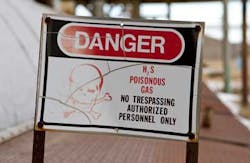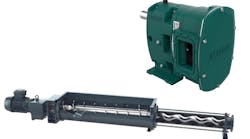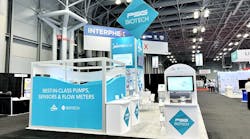The worldwide market for toxic and combustible gas detectors will continue to grow next year, according to a new ARC Advisory Group study.
The threat that toxic and combustible gases pose to the safety of plant personnel and nearby communities has drawn greater attention in recent years. Several catastrophic accidents, such as the Pike River mine explosion in New Zealand, have given industrial safety more prominence in the public consciousness and spurred demand for both safety systems and safety instrumentation like toxic and combustible gas detectors. Compliance with increasingly tough safety regulations will remain a major factor driving investment in safety systems and toxic gas detectors among oil & gas, refining, petrochemical and mining customers, according to ARC.
“Protection of human lives and plant assets is critical to all organizations and that is why, even though the economic recovery has slowed down in recent years, we still expect the gas detection market to grow,” according to ARC Analyst Inderpreet Shoker ([email protected]), the principal author of ARC’s “Toxic and Combustible Gas Detector Global Market Research Study."
The toxic and combustible gas detectors market is comprised of hundreds of companies, with small niche suppliers and those with more product lines, systems, and strong service capabilities. However, going forward we see a strong trend toward consolidation. Large suppliers are acquiring small manufacturers to increase their market share. Acquisition helps them to expand product lines and foray into new markets by acquiring new technologies. The market is also observing new entrants through acquisitions.
RELATED: Intelligent Toxic Gas Detector
Hyperspectral and infrared cameras are among the newer technologies gaining wider acceptance in recent times. These cameras can visualize various toxic and combustible gases to produce a picture of the scanned area in real-time. Well suited for detection of various types of volatile organic compounds (VOCs), these cameras are becoming an attractive option for industries such as chemical and water & wastewater.
With China and India as the growth engines, Asia represents the greatest opportunity for greenfield projects for gas detector suppliers. However, in these developing markets regulations are not enforced strictly. As a result, here users tend to be less concerned about reliability than about cost. With safety issues becoming a major point of concern for the governments of these countries, we see this trend changing in future. Many developing countries are taking measures to improve the implementation to address rising safety issues. As a result, end users in these regions have started to overlook the cost and pay more importance to reliability and performance of the detectors.



